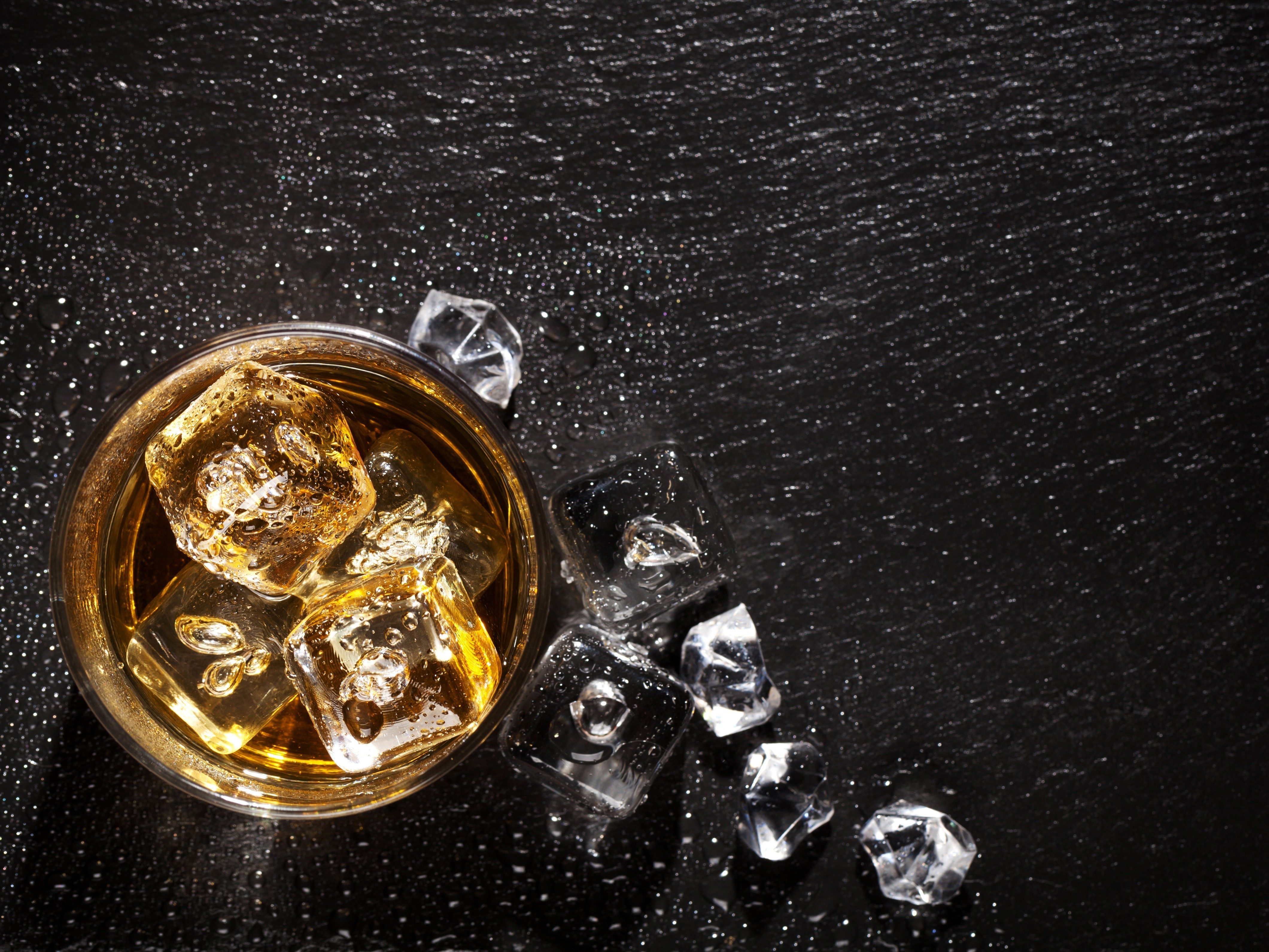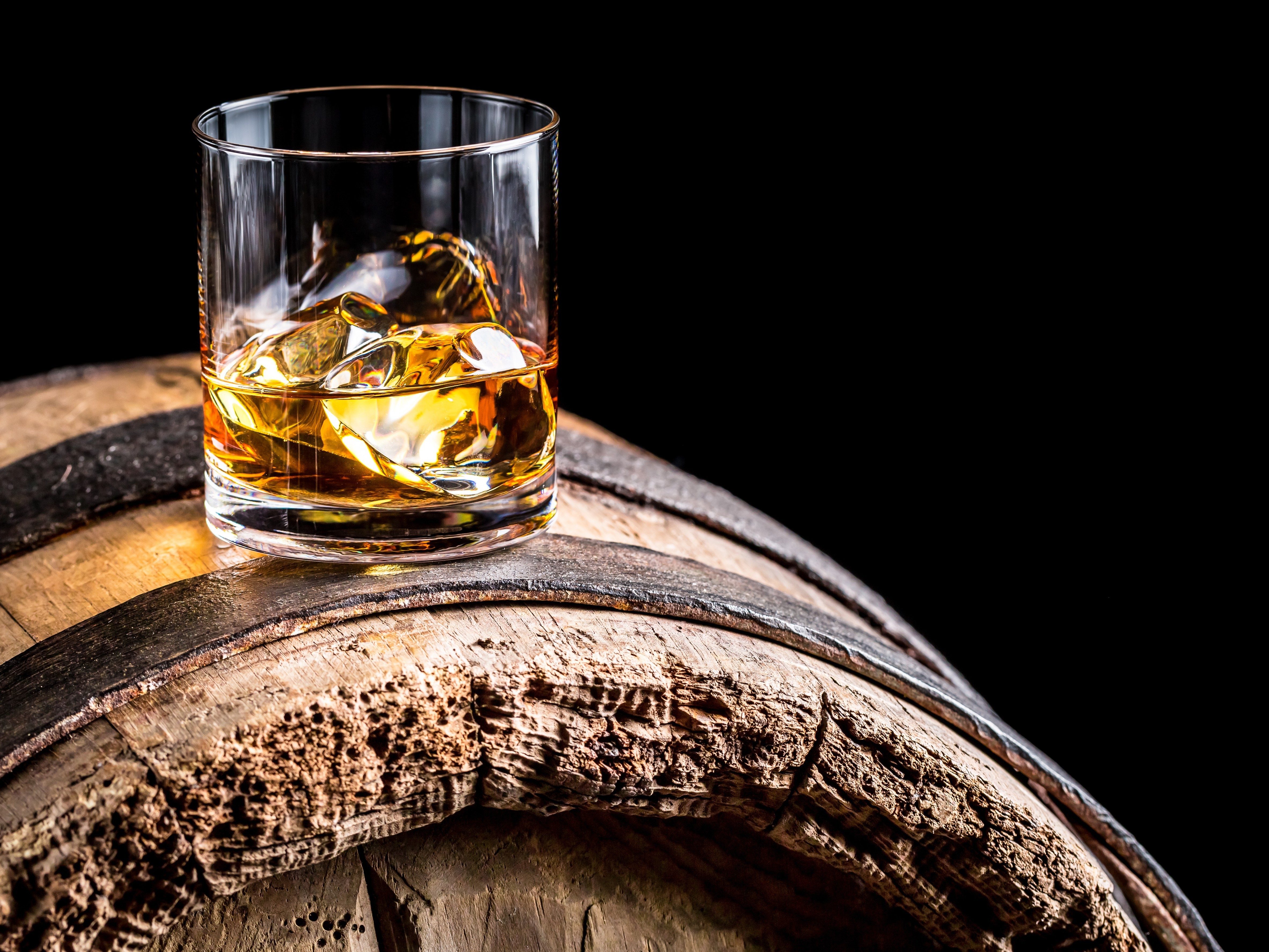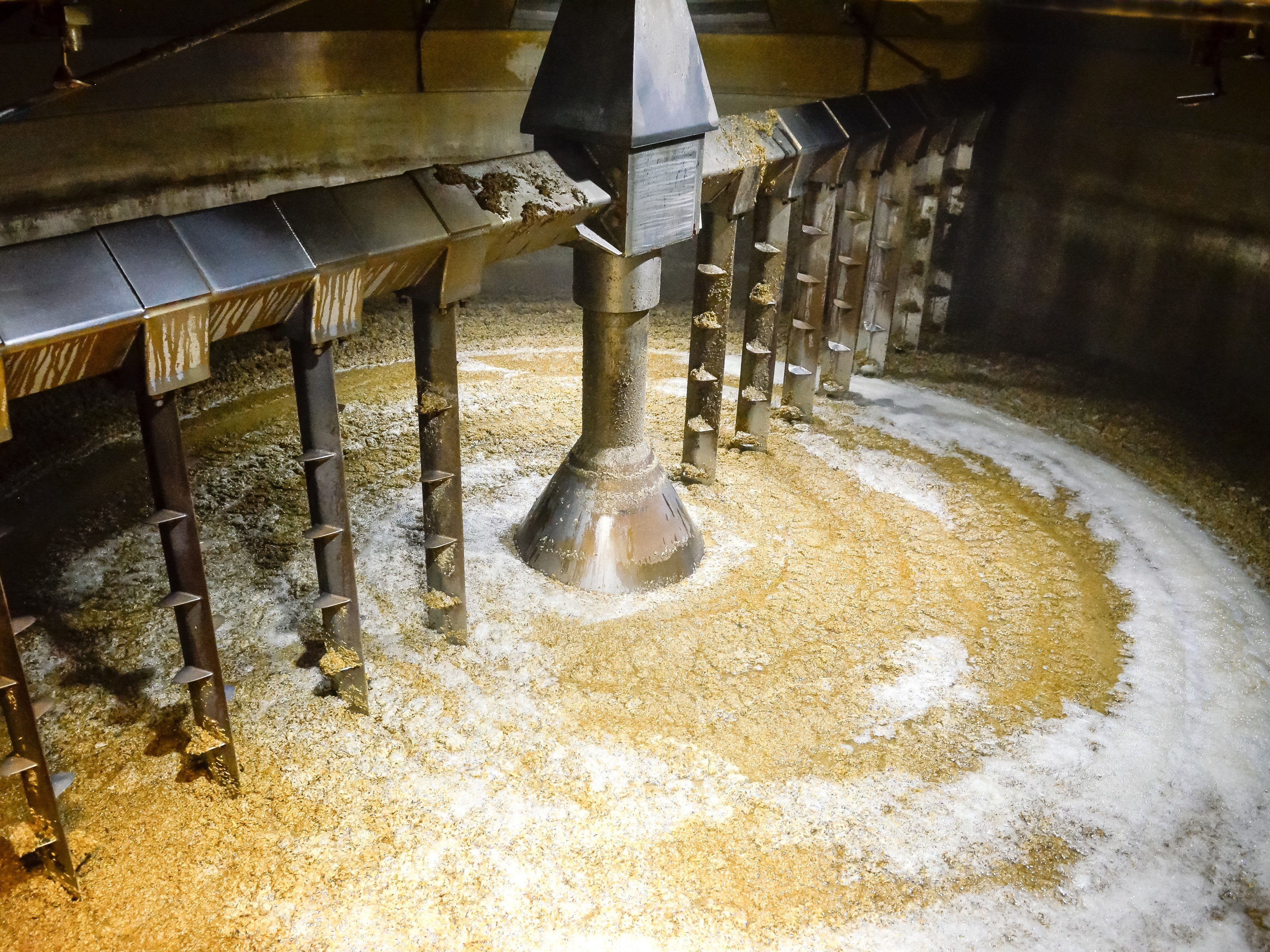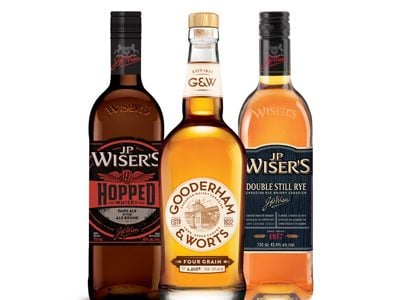
Whisky on the rocks is perfectly acceptable.
How many times have you heard that true whisky aficionados would never dilute their favourite dram by adding ice? Balderdash, says whisky expert Dr. Don Livermore, Master Blender at J.P. Wiser’s. Not only do pros occasionally take their whisky on the rocks, but they’ll also consider adding water to taste. “When served straight-up, a whisky’s woody character is at its strongest,” says Livermore. “As it’s diluted, the fruit and floral notes have a greater chance to shine.” As a rule of thumb, add water slowly until the whisky’s palate is where you want it to be-a little water can go a long way.

The whisky barrel is a big deal.
The previous contents of the barrels in which whisky matures can have a huge effect on a whisky’s flavour. That’s why there’s a huge demand among higher-end distillers for old oak barrels that at one point contained either bourbon or sherry. The lingering remnants of these two spirits come out in the whisky, adding complexity and character as it ages.

Different grains create different whisky flavour profiles.
Canadian whiskies tend to be made from one distilled grain, and a connoisseur can often identify that grain based on the whisky’s palate. If the whisky’s sweet, Livermore says it’s probably derived from corn. If it’s spicy-think cloves, cinnamon and nutmeg-it’s likely rye. Wheat-derived whisky often has a taste that’s considered “bread-like.” (For the record, Livermore says those spicy rye-based whiskies tend to be the best option if you’re mixing yourself an Old-fashioned or a Manhattan.)

Canadian whisky is totally on-trend.
European whisky distilleries may have tradition on their side (let’s face it, some of them have been around for more than 200 years), but that actually gives Canadian distilleries a distinct advantage on the market. Unlike Irish and Scottish whisky producers, for instance, Canadian distillers (including the likes of Gooderham & Worts and J.P. Wiser’s) are relatively free from restrictions on how whisky is produced, which has created an atmosphere ripe for innovation and experimentation.
Speaking of innovation, here are 20 things you didn’t know were invented in Canada.

How to “nose” a whisky.
Want to look like you know what you’re doing when presented with an unfamiliar whisky? Frank Biskupek, brand ambassador for The Glenlivet and Aberlour whiskies, suggests raising your glass to the light: A gradation in colour from light to mid-gold suggests the whisky was aged in bourbon barrels; a deeper colouration is a sign it was aged in sherry casks. Second, bring the glass to your nose, but breathe through your mouth: The presence of vanilla is another indicator of bourbon barrel aging.
Now that you’ve got these whisky facts under your belt, master the art of making the perfect whisky sour with these essential cocktail recipes.